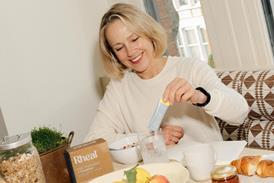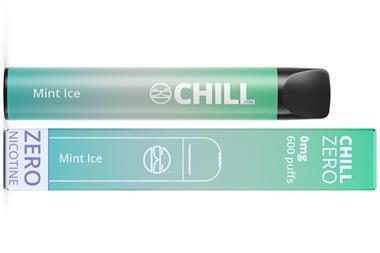The Food Standards Agency seems unlikely to recommend specific dosage levels
If there was a single aim in dragging the CBD category through the novel foods process, it was to establish whether the cannabis component could be safely ingested by consumers and what dosages posed an acceptable risk.
But clarity on the latter point is looking increasingly unlikely.
With the Food Standards Agency having ‘validated’ the applications of two major consortiums of CBD suppliers – an acknowledgement of sufficient evidence for safety assessments – the question of what poses a safe dosage has resurfaced amid a lack of consensus.
The Association for the Cannabinoid Industry (ACI), which accounts for 4,000 products on the FSA’s public list of tradeable CBD goods, gives 70mg a day as the recommended limit. This equates to about 28 drops of 5% CBD oil.
It’s a finding that is in line with the FSA’s own view, though the agency does not endorse it wholeheartedly. “Our advice remains that consumers should think carefully about taking CBD,” notes deputy director of food policy James Cooper. “This advice doesn’t mean that these levels will have no adverse health effects, but that there is evidence these effects could occur at intakes above this level. At the moment, only limited data are available, which is why we need to continue to build our evidence base for these types of products.”
More evidence may only complicate things, though, since an application from the European Industrial Hemp Association (EIHA), linked to 3,000 products, gives a lower recommended daily intake, capped at 17.5mg a day.
Certain brands back different figures again. “The maximum recommended dose on all our edible products is 50mg [a day] of CBD,” says Carlo Buckley, Europe MD for CBDfx, which makes oils, gummies and capsules. “Some are lower than this, as it depends on the strength of the product.”

No dosage guidance
Those hoping for the novel foods process to come out with a single daily dosage recommendation are therefore likely to be disappointed. With applications handled product by product, the signs from the FSA are that this will extend to dosages.
“The [scientific advisory] committees will give advice based on this new toxicological information and the FSA will consider if any action is needed, including an update to our safety advice,” says Cooper. “Each application is reviewed on its own merits and will be required to demonstrate that it does not pose unacceptable risks for the proposed uses and use levels.”
Whether that’s a problem is another matter of disagreement between different suppliers. packaging would be required to label the dosage connected to the relevant novel food application. Some EIHA members have already adjusted down, says its MD Lorenza Romanese, though others are waiting on the FSA’s assessment.
Either way, EIHA members have accepted the testing, she adds. “Our members are backed up by science that is conducted by Eurofins, which is among the biggest labs in Europe,” she says.
Another industry source is sceptical about different limits. He argues that some brands will want to be labelled as higher-strength than rivals. As a result, they will seek out white label products linked to the 70mg recommendation when looking for something new to put their brand on, providing those products with a competitive advantage.
This is because when the FSA begins to authorise applications, it will allow new brands to enter the market by relying on existing toxicology data of their white label suppliers.
Meanwhile, the future of the novel food framework could be in doubt, given the FSA is calling in Deloitte for a review.
The consultancy will “critically evaluate” the current setup and “identify opportunities for potential reform”, says the agency’s regulatory reform head Brianna Halstead-Cashman.
Given the confusion that has surrounded the CBD process – which saw scores of brands temporarily excluded from the FSA list of tradeable products last April – there is undoubtedly scope for improvement, and perhaps a more streamlined approach with a single recommended dosage, too.




















No comments yet